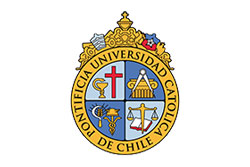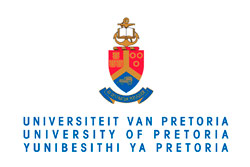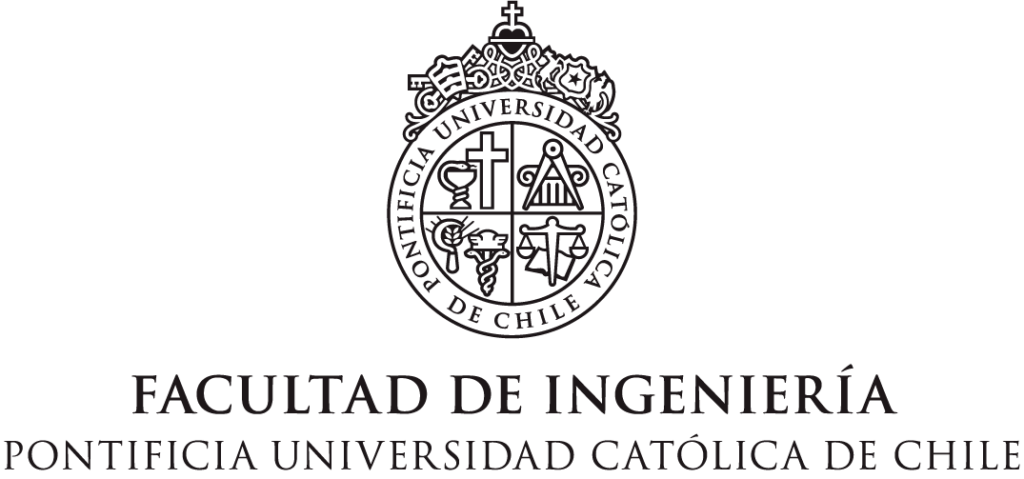Rio de Janeiro Opens Transoeste, the City’s First Bus Rapid Transit Line
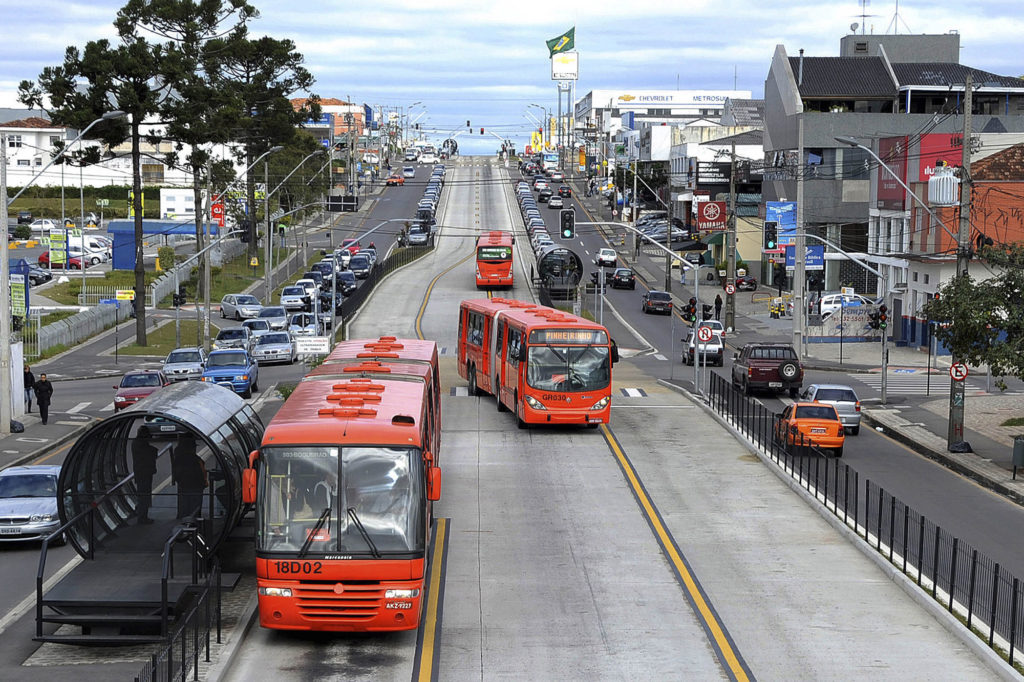
Source: EMBARQ. This post was originally published in Portuguese on EMBARQBrasil.org.
Photo: Mariana Gil / EMBARQ Brazil. The new buses serving the Transoeste line, known as Ligeirões hold over 140 people
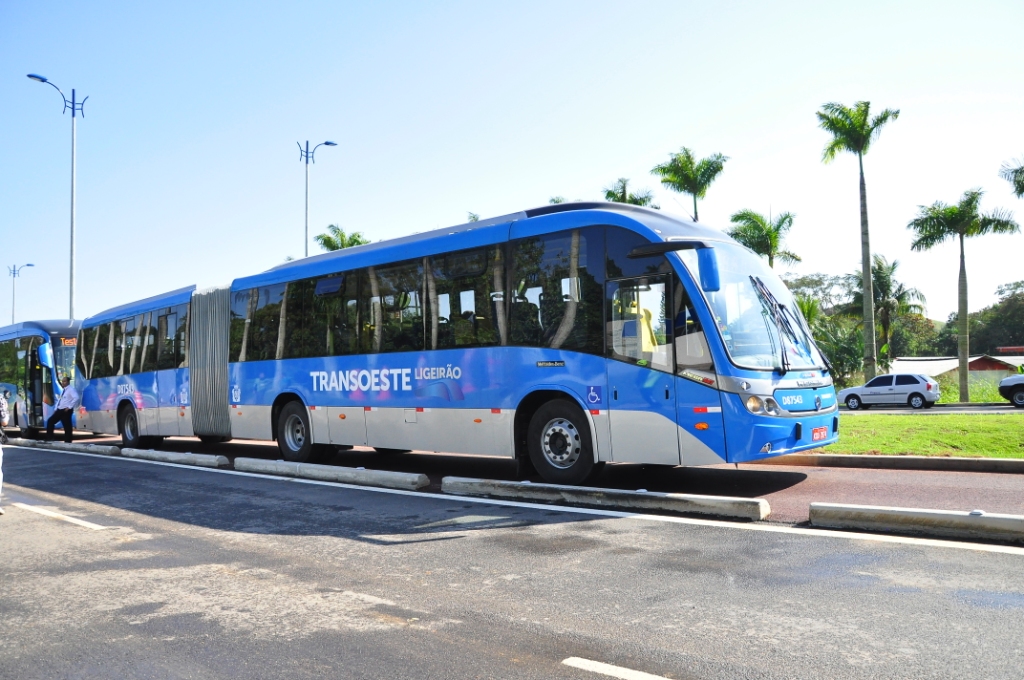
As world leaders gathered to address global sustainability at the Rio+20 Conference, the summit’s host city, Rio de Janeiro, just undertook its own green initiative— it launched its first bus rapid transit (BRT) corridor.
The lives of millions of cariocas, Rio de Janeiro residents, have already started to change with the opening of the Transoeste, the city’s first BRT corridor. The public transit system, developed with assistance from EMBARQ, expects to help hundreds of thousands of Rio residents, providing them with safer transport, shorter commutes, and less pollution.
“Today is a Great Day”
Mayor Eduardo Paes made the official announcement on June 6 at Pingo D’Água station in Guaratiba, West Zone, alongside former Brazilian president, Luis Inácio Lula da Silva, and Rio’s governor, Sergio Cabral. The director of EMBARQ Brazil, and member of our CoE, Luis Antonio Lindau, also took part in the event, strengthening the partnership between the organization and City Hall.
“Today is a great day,” said Lindau at the event. “Rio de Janeiro begins a new era of quality, efficiency and safety in Brazilian transit.”
EMBARQ Brazil, with support from Bloomberg Philantropies, has provided technical support to Rio’s City Hall through road safety audits, a crucial step to reduce the risk of traffic crashes on the corridor and to save lives. Partners also worked on several other actions to establish the first BRT in Rio.
The buses, nicknamed Ligeirões (meaning “super fast” in Portuguese) started to circulate on an experimental basis on June 6. During this first stage, which lasted until June 23, nine stations and 11 buses were operating off-peak, between 10:00 a.m. and 3:00 p.m. Other stations will gradually become operational.
Beginning in August 2013, when the system will become fully operational, the BRT will have an extension of 35 miles (56 kilometers) and 64 stations, with waiting times between buses of approximately one-and-a-half minutes. The system is estimated to benefit about 220,000 people each day, with most journeys being more comfortable and half as long as pre-BRT commute times.
Plans for the Future
Rio transporation officials plan on expanding the BRT system in the future, from one corridor to four. In total, 93 miles (150 kilometers) of BRT lanes will be built, changing mobility all over the Cidade Maravilhosa (Rio’s nickname, which means “wonderful city” in Portuguese).
«This is the first BRT, with others to come,” said Mayor Paes. “It is a cultural change around how people move about in the city. It’s like a subway train on wheels, at much lower costs.”
The four total corridors will include:
- Transoeste: An express bus corridor that will connect Barra da Tijuca to Santa Cruz and Campo Grande. The Transoeste will be 56 kilometers long and comprise 64 BRT stations. The average journey times are expected to be reduced by one-half on this lane. The first stage of the project is already operational on a trial basis and should be completed by August 2013.
- Transcarioca: The Transcarioca will be the first high-capacity corridor crossing the city transversally and connecting Barra da Tijuca to the international airport at Ilha do Governador on an exclusive, 24-mile (39 kilometer) lane. It is estimated that around 400,000 people will benefit daily from the system.
- Transolímpica: The 16-mile corridor (26 kilometers), connecting the neighborhoods of Deodoro and Barra da Tijuca via the Transolímpica, will be more than a way of shortening athletes’ journey times between the venues of the 2016 Olympic Games. Unlike the other three corridors under construction, this one will also be an expressway for cars, with no crossings or traffic lights, similar to Rio’s Linha Amarela.
- Transbrasil: This will be the fourth corridor to be built by Rio’s City Hall in time for the 2016 Olympic Games – 20 miles (32 kilometers) long and comprising 25 stations. This line will connect the Santos Dumont airport to Deodoro in the city’s West Zone, and will have the biggest demand of all, with 900,000 commuters per day. It will have connection points with the Transolímpica and the Transcarioca, as well as stations at Francisco Bicalho and Presidente Vargas avenues.
¿Comments? ¿Opinions? ¿Similar News? Send them to us!
Tweet




